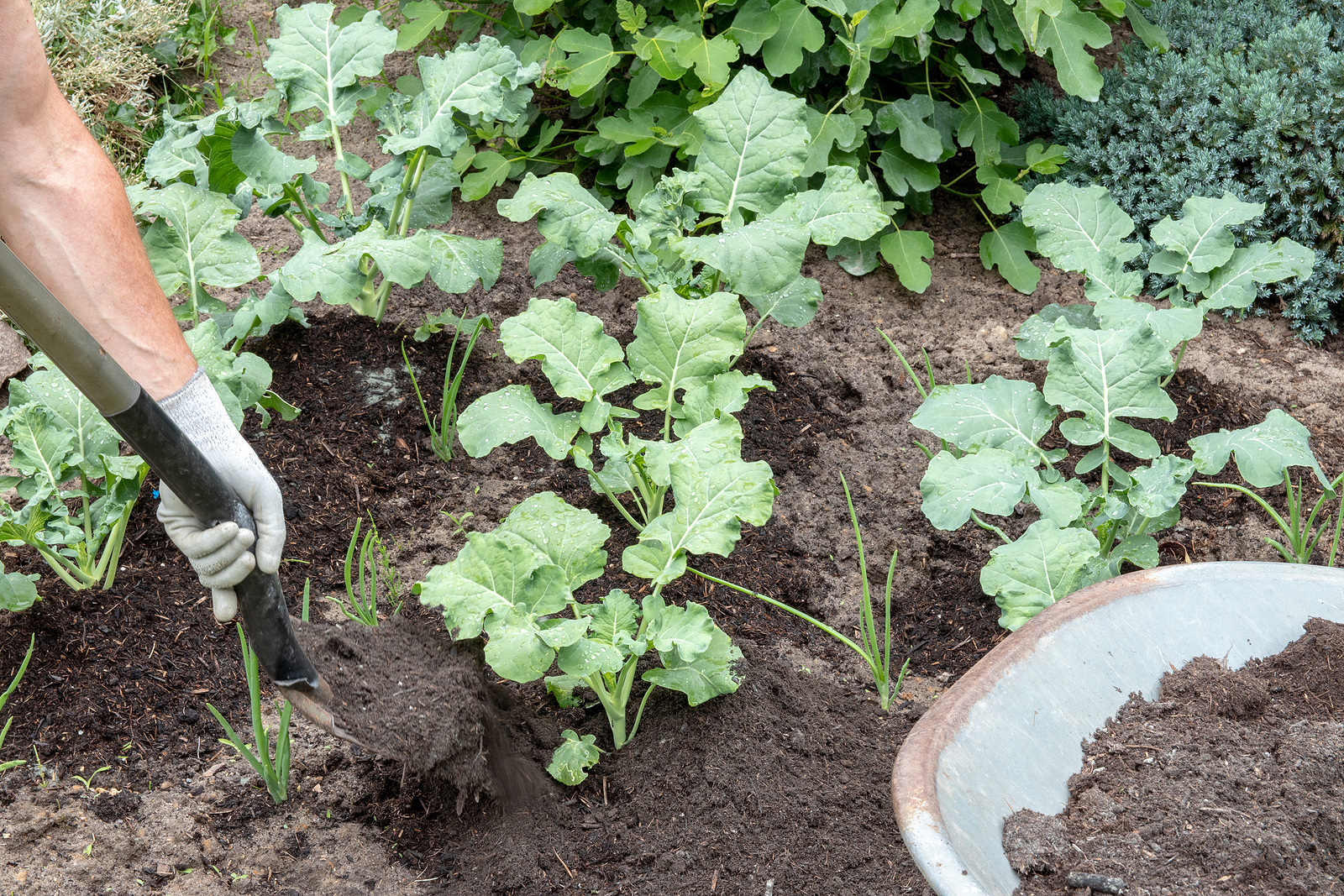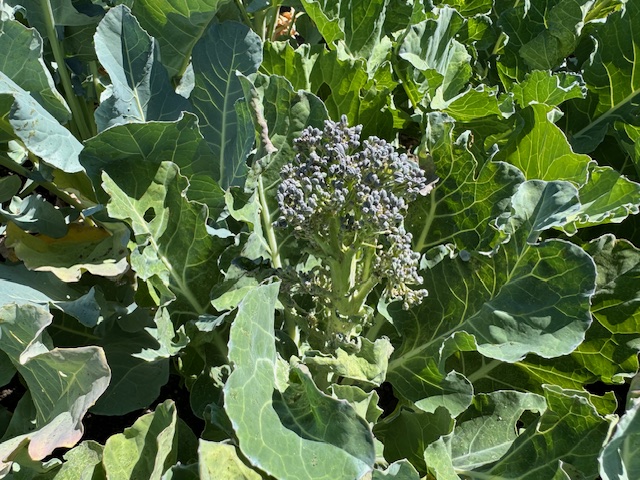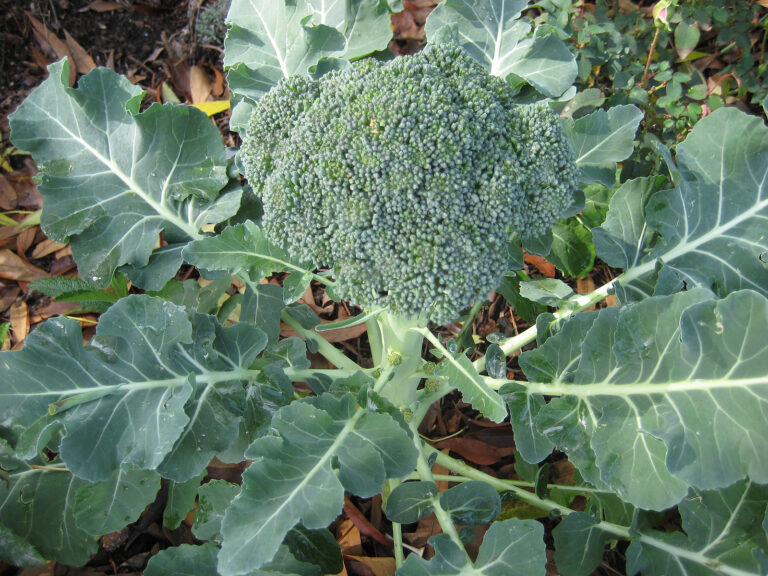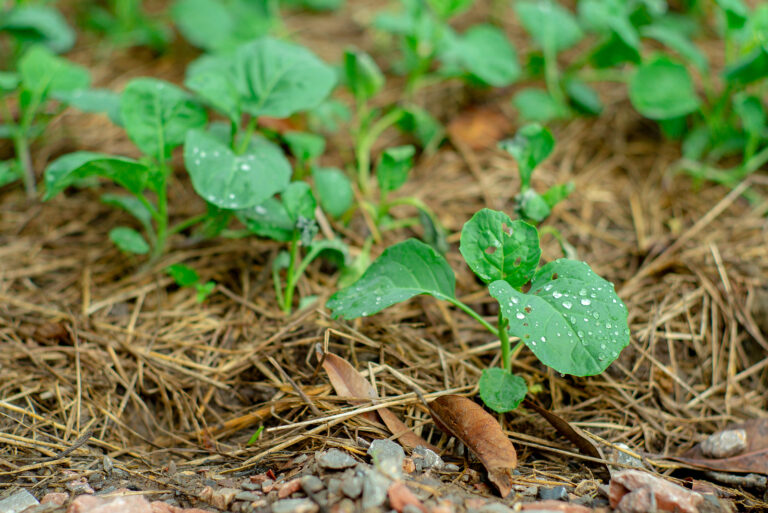How to Fertilize Broccoli for Big, Tight Heads
Growing broccoli with large, tight heads starts in the soil. Proper fertilization supplies the essential nutrients broccoli needs to develop strong stems and dense, flavorful florets. From my 30+ years of gardening experience, I know that timing and balanced feeding make all the difference in harvest quality.
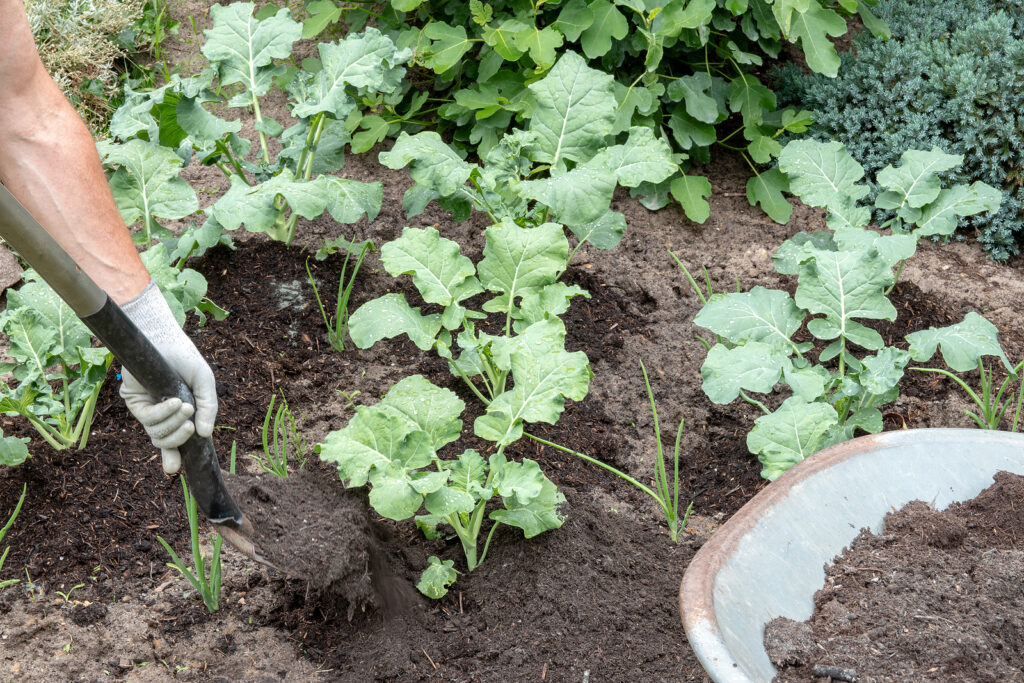
Why Fertilizing Matters for Broccoli
Broccoli is a nutrient-hungry vegetable, especially for nitrogen, which promotes leafy growth and head development. Deficiencies can cause small, loose heads or poor yields. However, too much nitrogen late in the season can delay head formation or encourage leafy growth instead.
Step 1: Prepare Your Soil
- Before planting, amend your soil with well-aged compost or organic matter to improve fertility and structure.
- A soil test helps identify nutrient levels and pH balance; broccoli prefers slightly acidic to neutral soil (pH 6.0–7.0).
Step 2: Apply Balanced Fertilizer at Planting
- Use a balanced fertilizer such as 10-10-10 (N-P-K) at planting to support early growth.
- Follow package instructions—usually about 1 cup per 10 square feet worked into the top 6 inches of soil.
Step 3: Side-Dress with Nitrogen During Growth
- When plants are about 6 inches tall, apply a side-dressing of nitrogen-rich fertilizer (e.g., blood meal, fish emulsion, or a commercial organic N fertilizer).
- Use about 1 tablespoon per plant, applying fertilizer 3–4 inches from the stem to avoid root burn.
- Repeat side-dressing every 3–4 weeks until the heads begin to form.
Step 4: Avoid Excessive Late Nitrogen
- Once the broccoli head starts to develop, reduce nitrogen feeding to prevent overly leafy growth that weakens head quality.
Step 5: Maintain Consistent Watering and Mulching
- Fertilization works best with steady moisture; combine feeding with deep watering and 2–3 inches of organic mulch to keep soil cool and moist.
My Experience with Fertilizing Broccoli
Over three decades of growing broccoli in varied climates have taught me that fertilization is a balancing act—too little and the heads stay small; too much and plants become leggy. Through soil testing, timely side-dressing, and organic amendments, I’ve consistently produced broccoli with large, tight heads ready for harvest. This guide combines scientific understanding with practical, tested techniques from real gardens.
Broccoli Fertilizing Schedule
| Growth Stage | Fertilizer Type | Amount / Application | Notes |
|---|---|---|---|
| Before Planting | Well-aged compost or balanced granular fertilizer (10-10-10) | About 1 cup per 10 sq. ft., mixed into soil | Improves soil fertility and structure |
| Seedling Stage (6” tall) | Nitrogen-rich side-dressing (blood meal, fish emulsion, or organic N) | ~1 tablespoon per plant, 3–4” from stem | Supports leafy growth and head development |
| Mid-Growth (every 3–4 weeks) | Repeat nitrogen-rich side-dressing | Same as above | Maintain steady growth without overfeeding |
| Head Formation | Reduce or stop nitrogen feeding | N/A | Prevents excess leafy growth, encourages tight heads |
Tips:
- Always water thoroughly after fertilizing to help nutrient absorption.
- Adjust amounts based on soil test results and plant health.
- Mulching helps retain moisture and supports fertilizer effectiveness.
🌱 Broccoli Learning Hub
Your complete guide to planting, growing, and enjoying homegrown broccoli.
1. Start Here: The Complete Guide
2. Planning & Planting
Getting off to a strong start.
- When to Plant Broccoli: Timing by Zone and Season
- Broccoli Seed Starting Tips
- How to Start Broccoli Seeds Indoors: Step-by-Step for Success
- Best Broccoli Varieties for Tight Heads and Long Harvests
- Succession Planting Broccoli for a Longer Harvest Window
- Best Companion Plants for Broccoli (And What to Avoid)
3. Growing & Care
Tips to nurture strong, flavorful heads.
- How to Fertilize Broccoli for Big, Tight Heads
- How to Water Broccoli: Preventing Split Heads and Bitter Taste
- How to Prune and Thin Broccoli for Better Growth
- Growing Broccoli in Hot Weather: How to Prevent Bolting
- How to Keep Broccoli from Bolting Early (And What to Do If It Does)
- Broccoli Growing Problems: Troubleshooting
- Why Are My Broccoli Heads Small or Loose? Top Growing Mistakes
4. Harvest & Storage
Get the timing right for best flavor.
- How and When to Harvest Broccoli for Peak Flavor and Yield
- How to Get a Second and Third Broccoli Harvest From One Plant
- How to Harvest and Store Broccoli
5. Kitchen & Table
Turn your harvest into meals.
6. Related Crops
Expand your brassica garden.

